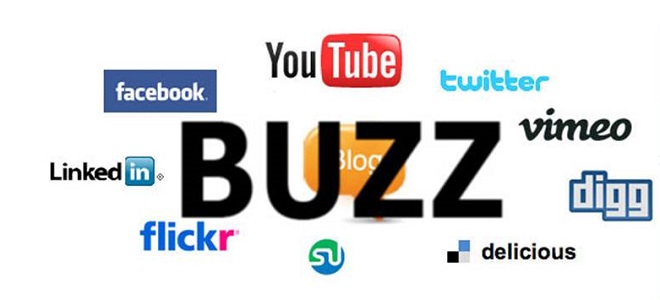

Géraldine puts her passion for the web, marketing and communication, writing and storytelling at the service of companies and entrepreneurs.
Word-of-mouth is nothing new. French philosopher, journalist and writer Jean-François Revel said that “rumour is the world’s oldest form of media.” And he was right! What is new is the extent and speed at which rumours can now travel thanks to the Internet, social media, blogs and video platforms such as YouTube. Today, word of mouth goes way beyond “passing it on” to friends and family.
Internet users now click, like, share, tweet and retweet, and in doing so, help to create buzz (where the buzz is the equivalent of word-of-mouth from one terminal to another). The main advantage with a buzz campaign is that it only represents a small investment: your customers are the ones who relay the information. People have gone from being mere consumers to become activist consumers who can now play a leading role in terms of underpinning your strategy.
The whole idea behind a good buzz campaign is to attract the attention of consumers and the media to the extent that talking about your brand name or your company becomes entertaining, fascinating and the focus of interest. Do you want your customers to talk about you, but don’t know quite how to go about it? Here we will provide you with various possible tools for creating buzz. Make sure you focus on the ones most in line with your values and with those of your customers, otherwise you risk generating “bad buzz”.
1. Something funny, hilarious and quirky
Humour is universal. It allows you to garner the sympathy of your customers and prospects. If you manage to do or say something funny, they will unconsciously associate your brand with a funny moment, thus creating a positive vibration. On social media platforms, the messages that are passed on and shared the most are the funniest ones. But be wary of going too far. Try to alternate funny messages with messages that are more targeted and more factual.
French Restaurant La Petite Sirah
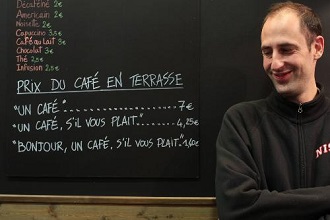
At Sirah, manager Fabrice Pepino has defined the price of your coffee depending on your courtesy: One coffee 7€ / One coffee please 4,25€ / Hello one coffee please 1,40€. Credit: Franck Fernandes.
You might have heard about La Petite Syrah, a restaurant based in Nice in the south of France which, with just one tweet, went viral.
One day, the restaurant’s manager Fabrice Pepino decided to make the price of their coffee dependent on the politeness of the customer. On their menu blackboard, they wrote a tongue-in-cheek list of possible prices depending on the customer’s manners. All it took was this creative idea and a photo taken by a customer, and it quite simply went viral.
More than a million Internet users throughout the world have seen this photo, and in just a few hours, the tweet had been retweeted over 700 times. French news channel “BFM TV” even stopped by with its camera to interview the owner who was just as surprised as anyone else, and even a bit embarrassed, by this surge in notoriety. Here’s what Fabrice had to say when questioned by local daily “Nice Matin” a few days later:
“We live in a strange world it seems to me. For the past three years, we have put our hearts and souls into everything we do, we strive to offer great quality cooking and fine wines… And after all that, what makes the buzz? A few words scribbled on a blackboard.”
These words are a perfect illustration of how there is simply no way to predict what will create a good buzz. Internet users, backed up by the media, have a hold on the power of buzz.
Clip Lipdub
You will no doubt have heard about lip dubbing. A lipdub (or lip dub) is a promotional video that features people lip synching to a song or soundtrack.The following videos show you how you can do a lip dub for your restaurant:
- API Restauration catering company, video seen over 5000 times
- Restaurant Deventer El Popo, video seen over 1500 times
- Restaurant Qgat, video seen over 3000 times
These clips demonstrate each restaurant’s creative spirit and good humour. The underlying objective is clearly to create buzz and to try to garner media promotion. The advantage with this type of approach is that it costs virtually nothing, and also that the buzz may take longer to materialize, since surfers can view and re-view the clip whenever they want, and share it with friends via the social networks.
2. Something that is social, long-lasting and that has a sense of solidarity
This tool will apply to your restaurant only if your convictions are genuine and go deep.
Pay as you want
Some restaurants now offer the Pay as you want concept:
- Lentil as Anything in Australia (Facebook page: 16,000 likes)
- SAME Café in Denver (Facebook page: 5,295 likes)
- Der Wiener Deevan in Vienna (Facebook page: 1,357 likes)
- Pay as you Please restaurant in Killarney, Ireland
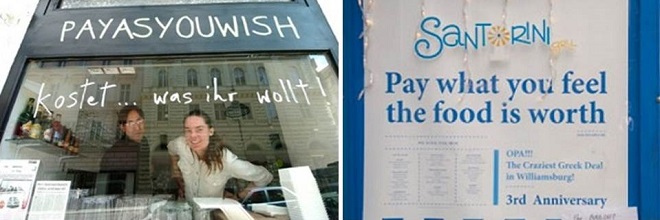
On the left, the Der Wiener Deevan’s promise “Pay as you wish” and on the right, the Santorini’s promise “Pay what you feel the food is worth”!
You may be surprised to learn that some customers are willing to spend more to pay for those who have less. By appealing to their patrons’ conscience, these restaurants advocate altruism and generosity, values that often ring true with Internet and social network users.
3. Something secret or exclusive
Rewarding influencers on the internet with the Klout score
People inevitably like to talk about things that are otherwise secret, and they like to feel privileged. Why not instigate a rumour about a secret event to — paradoxically — attract as many people as possible? Giving people a sense of exclusiveness can be a powerful lever for creating buzz. Los Angeles nightclub Playhouse offers VIP access to people with a Klout score of 50 or more.
The Klout score is a rating between 1 and 100 that represents a person’s influence on social media platforms. By combining your activity on the various networks (LinkedIn, Facebook, Twitter, Google+, FourSquare, Instagram and Wikipedia), the site determines your influence score.
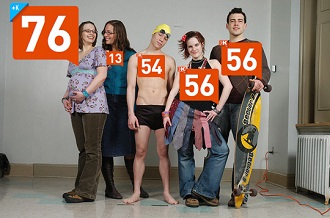
The Klout score is a numerical value between 1 and 100. The higher your score, the more “connected” you are and, consequently, the greater your influence on others.
In a similar vein, but in a completely different field, American Airlines offers people with a Klout score of at least 55 a one-day pass to one of its lounges usually reserved to members of its Admirals loyalty programme.
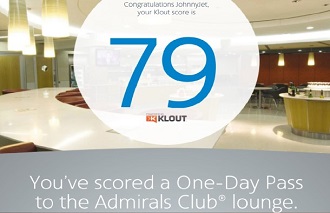
American Airlines has also seized on the Klout score concept to create buzz among an influential population category.
The Library
This cocktail bar in Singapore is very well hidden… To enter, customers can either go to the adjoining restaurant, or visit the bar’s Facebook page or Twitter account to obtain the password for the day (often the title of a novel). The secret entry from the adjoining restaurant is well hidden (in one of the bookshelves but shhh, we didn’t say a word…). To gain entry, customers must first obtain the password, and then ask the bar’s hostess if they can “borrow the book”. A smart way of maintaining a sense of mystery and secrecy, and of encouraging those with a curious mind and the media.
Used properly, a sense of exclusiveness will underscore the value of your products and services. Customers who feel privileged and unique are more likely to be loyal in the long term.
Bohemian in New York
New York restaurant Bohemian will appeal to the city’s most adventurous and inquisitive gastronomes.
Almost entirely secret, it has become the talk (or should we say the whisper) of the town: hidden location, private booking line, and very little (next to zero) media coverage. Although getting in is notoriously difficult, Bohemian is one of New York’s best-rated Japanese restaurants. You won’t find any phone numbers, either on the portals that list it, or on their website, which itself is very enigmatic (www.playearth.jp). Instead, it is suggested that you send your admission request by e-mail to ny-info@playearth.jp. The shopfront sustains the mystery and secrecy; it’s hard to imagine that a chic, highly-sought-after restaurant lies on the other side of these industrial walls…
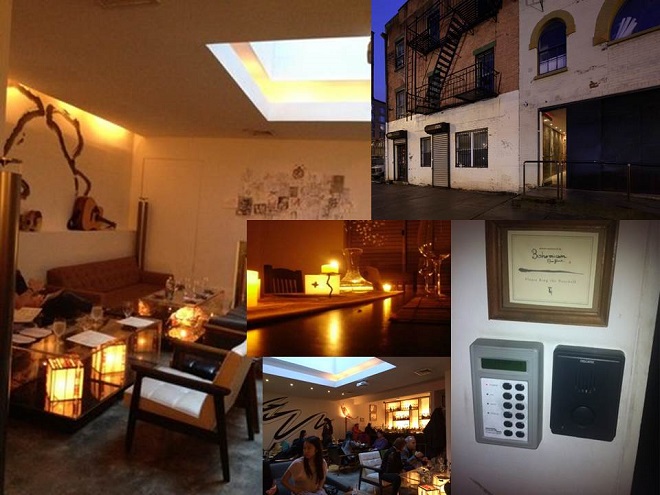
A well-kept secret place lies unsuspectingly behind a very ordinary shopfront…
4. Something unusual
Jaffle Chutes
Here is an Australian restaurant that delivers sandwiches to its customers by… parachute! Working from high up in a high rise building, the managers came up with the following innovative idea: having the customer order and pay online using PayPal, and then “delivering” the jaffles (toasted cheese sandwiches) to the customer who waits on the street below. They called it “JaffleChutes“.
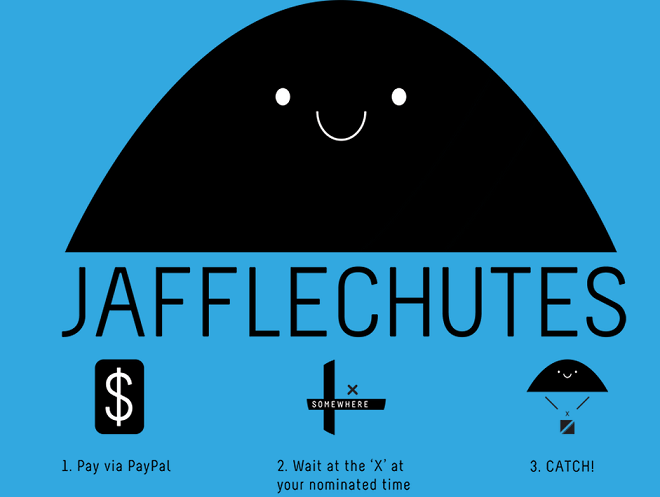
An innovative, unusual and fun concept: good ingredients for good buzz!
This highly original approach effectively made the concept a hot topic, garnering attention way beyond Australian borders. JaffleChutes’ Twitter account @jafflechutes already has over 2,000 subscribers, their Facebook page has more than 5,400 fans, and countless videos have been posted by customers (or by mere bystanders) showing their sandwiches falling to earth.
The Müvbox
With the food truck, the concept of mobility is now an accepted part of catering. For all that, you may not have heard about this latest mobile restaurant concept called the “Müvbox”. It is actually a container which can be transformed — in just 90 seconds — into a restaurant with about thirty place settings. Powered by solar energy, this mobile restaurant has been moving up and down the streets in the Old Port of Montreal for several years now.
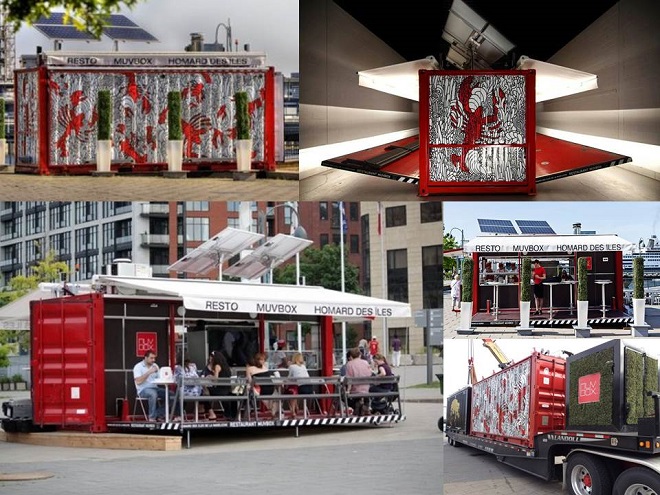
New mobile restaurant concept: the Müvbox.
The Iztaka
Some restaurants have recently caused quite a stir thanks to new technologies. This is the case with Iztaka in Rotterdam, a restaurant that uses touchscreen tables. For the customer, placing an order becomes a fun, interactive and highly original experience: images are projected on to the table, a corner of which is touch-sensitive for scrolling through the menus to choose a dish. It can also be used to play games, see the kitchens live, and display various “wallpaper” images.
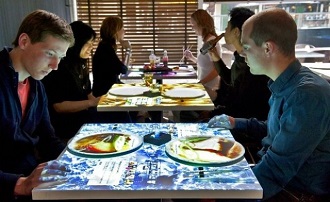
5. Something that creates a surprise or a shock
Abu Ghosh Restaurant
Juwdat Ibrahim, owner of the Abu Ghosh restaurant located a few kilometres from Jerusalem, recently made a buzz when he introduced a new measure in his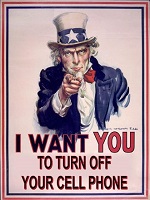 establishment. Tired of seeing his customers glued to their smartphones, he decided to reward customers who switched them off with a 50% discount on the total bill.
establishment. Tired of seeing his customers glued to their smartphones, he decided to reward customers who switched them off with a 50% discount on the total bill.
The idea proved to be doubly beneficial: not only did he succeed in getting most of his customers to switch off their phones, he also created a considerable amount of buzz on a universal subject. Juwdat is utterly convinced of his concept: he immediately cancels the discount if a customer switches on his or her smartphone, if only to see what time it is!
Hitler Fried Chicken
The restaurant that shocked KFC, and many others too! In Ubon Ratchathani, Thailand, a restaurant created an uproar on the net and especially in the English-speaking media after a blogger posted a photo of the restaurant’s shopfront featuring its name and logo: “Hitler Fried Chicken”.
The logo is clearly inspired by that of American fast food chain KFC, which hardly — and understandably — appreciated this veiled reference. The restaurant manager could have made do with simply copying KFC’s visual identity, but he decided to go several steps further by transforming the traditional image of Colonel Sanders (KFC’s founder) to that of the Nazi Führer. It should be noted that in Thailand, more and more people are riding the bizarre “nazi-chic” wave… The owner apparently thought he was giving his restaurant a good image! It would appear that KFC has initiated legal proceedings… leading the restaurant to change its name to H-Ler… No matter, “Hitler Fried Chicken” certainly gave the restaurant’s notoriety a boost.
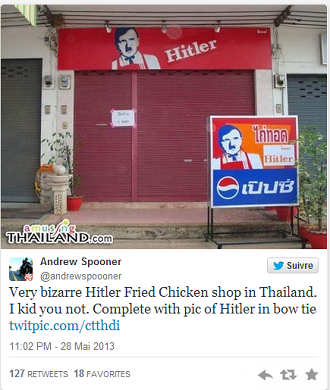
A corporate identity that astounded and shocked well beyond Thai borders.
6. Something that rides the wave of topicality and parody
There are some who fear nothing when it comes to generating buzz.
Sixt Car rental company
Back in January, the company created a brilliant campaign on the back of a news story that caused a stir in France, when the media revealed that the French president was having an affair with actress Julie Gayet. Just five days later, Sixt unveiled its campaign via its Twitter account. The company’s responsiveness and creativity paid dividends: the image was shared copiously on the social networks and in the French and international media.
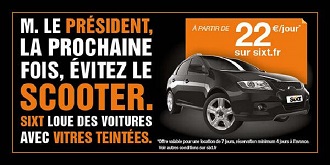
Sixt dared to invite the French President to avoid using a scooter to see his mistress!
All these examples illustrate the extent to which the internet can create, accelerate and amplify buzz.
This is a huge advantage compared with traditional media (posters, radio, press, flyers etc.), but it also involves a certain amount of risk: by entrusting the propagation of buzz to others (i.e. to activist consumers), you lose control over your image, and run the risk of creating “bad buzz”.
Well thought-out and well executed, buzz can be an ultra powerful communication vehicle.
However, even if you go out of your way to try to control your buzz, the above examples show you that you can never really control its inception, the rate of its dissemination, its growth or its scope. In the words of famous French advertising executive Jacques Séguéla:
“Today, advertising is all about telling a story, seeing it unfold on the Net and creating buzz.”
What will your next buzz be about?



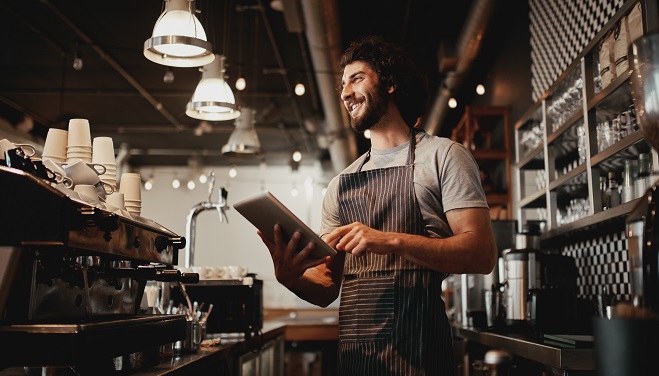

Comments